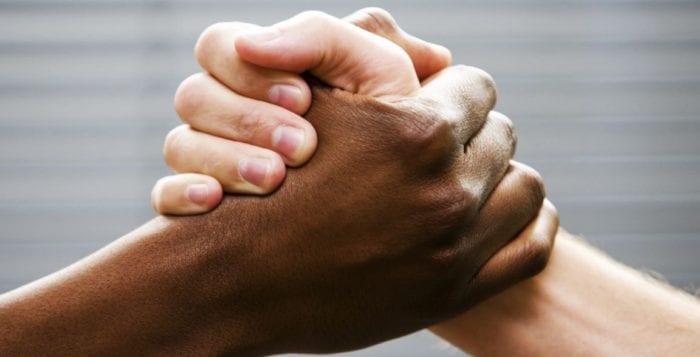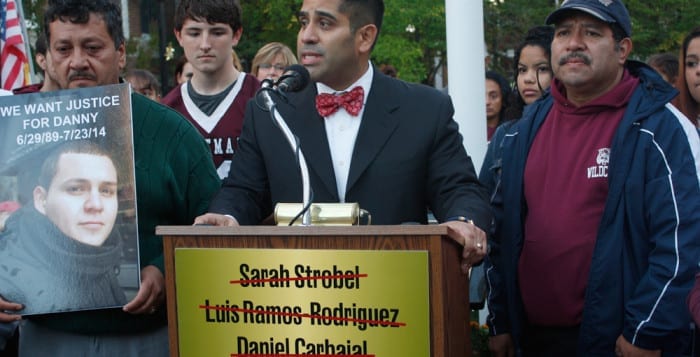This week, the nonprofit organization ERASE Racism, of Syosset, and the Stony Brook Center for the Study of Inequalities, Social Justice, and Policy will hold the first of a series of five forums meant to start a public dialogue about structural and institutional racism on Long Island.
We applaud these two entities for coming together to advance an obviously vitally important discussion. Professor Christopher Sellers, the director of the SBU center, and Elaine Gross, president of ERASE Racism, each said separately in interviews the goal in hosting the first event and the subsequent forums is to begin a regionwide discussion about barriers certain groups face in their daily lives, not in some far-off time or place, but here and now close to home.
They each also referenced the misnomer that race-related issues are a thing of the past in this country, and that the Civil Rights movement or election of our first African-American president of the United States somehow delivered us to an end point in creating a just and fair place for all to live and prosper.
Gross stressed that the point behind hosting the forums and the desired byproduct is not a finger-pointing or shaming session intended to label people as racists, but rather it’s an educational opportunity meant to present attendees, and hopefully by extension the larger community, with a look at life through the lens of those who are part of racial minority groups.
According to ERASE Racism, today three out of every four black students and two out of every three Hispanic students attend school districts where racial minority groups make up more than half of the population, a phenomenon the nonprofit likens to modern-day segregation. Both figures represent a more-than 50 percent increase compared to 2004, meaning Long Island’s schools are becoming more racially segregated as time goes on.
“It is embedded — it doesn’t require that all of the players be racist people, or bad people, it only requires that people go along with the business as usual,” Gross said of structural racism.
On top of that, according to a report released by the FBI Nov. 13, hate crimes increased by 17 percent in 2017 compared to the prior year, a jump exponentially higher than any of the previous two years, a trend all Long Islanders and Americans should be inspired to stop and consider when reading.
We are glad to hear such an important discussion is not only taking place but being spearheaded in part by our hometown university. We hope that those who can make a point to attend, and those who can’t, do their due diligence to find out what it is all about.






